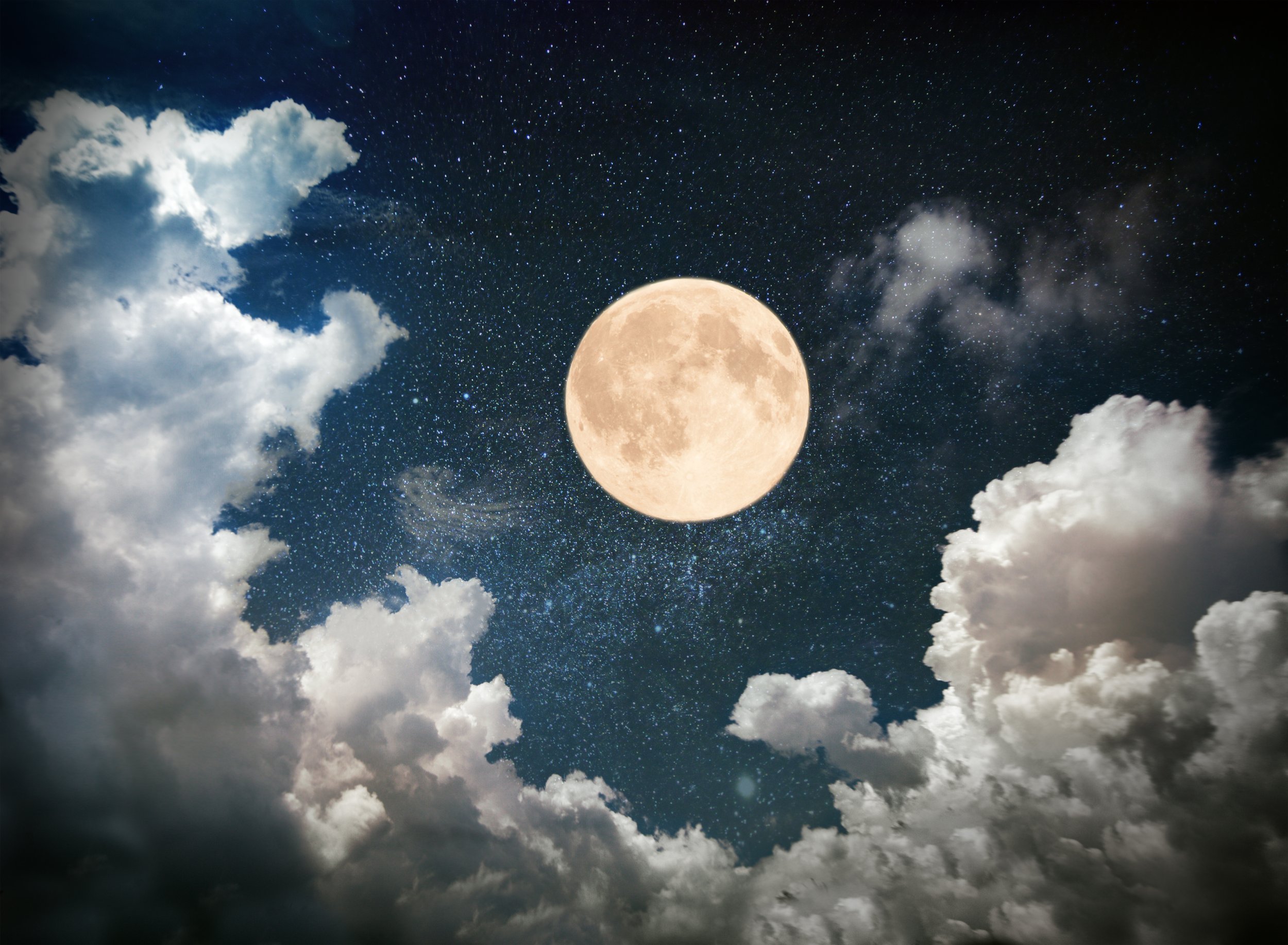
Knowledge is power.
Do I need a subscription to use the app?
The app is currently free. The app will eventually require a subscription as there is a significant cost to hosting an app, especially as more people use it, more features are added, and more storage is required. However, a free version will remain available.
Is iMahina only an app?
The app is our premier product, but iMahina will include other products inspired by ancestral knowledge and traditions of observation. A lunisolar calendar has been added to the product line, and we hope to include art, apparel, and other unique digital tools and media over time.
Will iMahina provide more information about traditional Hawaiian observational practices?
iMahina’s goal is to create a bridge between ancestral knowledge (or science) and contemporary technology and lifestyles. We intend to be a starting point and to support people’s commitment to a lifelong relationship with learning and innovation. iMahina encourages everyone to seek out more in-depth research from Native Hawaiian scholars past and present and other moon-focused resources created by Indigenous Communities and Peoples as appropriate.
Aren’t the moon images supposed to be oriented vertically?
When you observe the night sky, the moon’s orientation above the horizon and its tilt will appear differently based on your location. Also, as the moon waxes or increases in the Northern Hemisphere, its phase appears to move right to left, while in the Southern Hemisphere it appears to move left to right.
In Hawaiʻi and other tropical locations, the moon’s year-round orientation is fairly consistent. Crescent moons look like a bowl or a smile with the points directed upward. In more temperate climates, 25-50 degrees latitude, this smiling moon appears roughly from January to June. For the rest of the year, it has a more vertical orientation, like an archer’s bow, which is also how moon images or graphic representations usually appear in most Western and Gregorian calendars.
As the iMahina collaborative is inspired by our Native Hawaiian ancestors, the moon images match the “smiling” orientation we see in the Hawaiian Islands.

